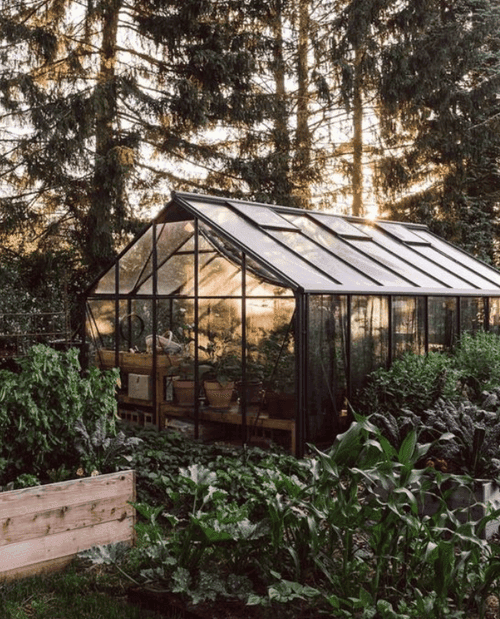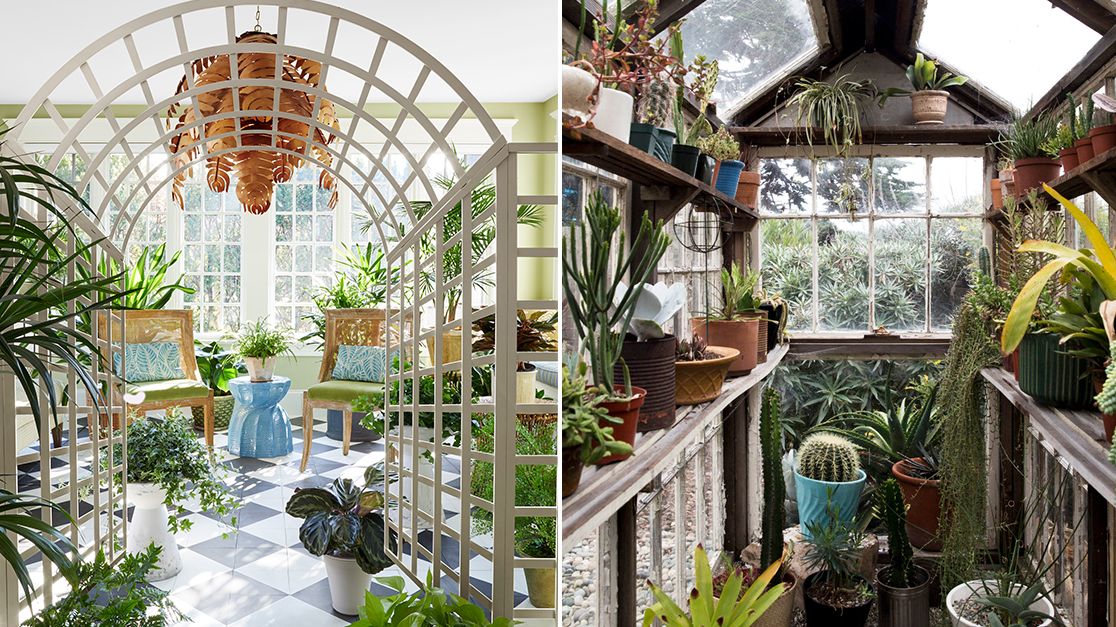Monarch Greenhouse Utah: Elevating Growing Spaces with Accuracy Construction
The Future of Greenhouses: Technologies in Lasting Agriculture
Are you curious regarding the future of greenhouses and just how they are revolutionizing sustainable agriculture? From advanced environment control systems to upright farming strategies, water-efficient irrigation approaches, eco-friendly power assimilation, and wise data analytics, these developments are transforming the method we grow our food.
Advanced Environment Control Solution
To attain ideal growing problems, you can count on the developments in greenhouses with sophisticated environment control systems. These systems have actually reinvented the method we grow plants, giving a regulated atmosphere that contributes to plant growth. With these innovative systems, you can now control temperature level, humidity, light levels, and even CO2 focus to develop the perfect problems for your plants to grow.
Among the key functions of these advanced environment control systems is their capacity to manage temperature level. By utilizing sensing units and automated controls, the greenhouse can change the temperature based upon the details requirements of the plants. This makes sure that they are never ever subjected to extreme warm or chilly, which can be harmful to their growth.
Moisture control is one more vital aspect of these systems. By preserving the perfect humidity levels, you can prevent issues such as mold, mold, and condition from impacting your plants. These systems can additionally regulate the amount of light that gets to the plants, ensuring that they get the optimum quantity for photosynthesis.
Moreover, progressed climate control systems can also manipulate CO2 focus. By enhancing the degrees of CO2 in the greenhouse, you can improve plant growth and performance. This is especially valuable in areas with reduced natural carbon dioxide levels.
Vertical Farming Strategies
One essential vertical farming method is making use of stacked growing systems. Stacked growing systems are commonly used in metropolitan locations where area is restricted.
One preferred approach is called vertical hydroponics, where plants are grown in nutrient-rich water without soil. This technique is highly efficient as it minimizes water usage by as much as 90% compared to conventional farming techniques. In addition, given that the plants are expanded inside, they are secured from conditions and parasites, lowering the requirement for pesticides.
One more method is aeroponics, which includes suspending the plant roots in a haze or air atmosphere. This approach permits ideal nutrient absorption and oxygenation, resulting in faster development and greater yields. Aeroponics likewise uses much less water than standard farming and can be carried out in vertical systems, making it a popular choice for vertical farming.
Water-efficient Watering Approaches
When it comes to carrying out water-efficient irrigation approaches in sustainable farming,Optimizing water conservation is important. With international water deficiency becoming a pushing problem, it is vital to establish cutting-edge methods that optimize water use in greenhouse operations.
One appealing approach is drip irrigation, which supplies water directly to the plant origins, reducing waste and dissipation. By making use of a network of tubes with little emitters, water is used slowly and specifically, guaranteeing that plants get the necessary wetness without excess drainage.
Another reliable technique is making use of dirt dampness sensors. These gadgets gauge the dampness content in the dirt and give real-time data to farmers. By checking the dirt's wetness degrees, farmers can properly establish when and exactly how much water to use, avoiding over-irrigation.
In addition, the implementation of rain harvesting systems is getting popularity in greenhouse agriculture. Collecting rain from roofs and saving it in tanks permits farmers to use this all-natural source for irrigation objectives, minimizing dependence navigate to this site on standard water sources.
Last but not least, the fostering of automated irrigation systems can dramatically enhance water performance. These systems utilize sensing units to discover dirt wetness levels and climate condition, readjusting irrigation timetables accordingly. By maximizing water usage based upon real plant requirements, these systems can lower water waste and promote lasting farming practices.
Renewable Resource Assimilation
Sustainable energy integration in greenhouses provides several benefits, consisting of decreased running expenses and lowered reliance on non-renewable energy resources. The generated power can then be made use of to run different operations within the greenhouse, such as home heating, illumination, and ventilation systems. These generators harness wind power and convert it into electrical power, which can be utilized to supplement the power demands of the greenhouse.
Smart Information Analytics and Automation
To improve the performance of your greenhouse operations and optimize resource use, take into consideration executing wise information analytics and automation. Smart information analytics entails collecting and examining information from numerous sensing units and devices within your greenhouse.
Automation, on the other hand, includes making use of modern technology to automate jobs that were formerly done by hand. This can consist of automating the control of lights, air flow, irrigation systems, and nutrient shipment. By automating these processes, you can make sure that your plants receive the best problems and nutrients at the correct time, without the need for constant hand-operated intervention. This not just conserves you time and effort but additionally decreases the threat of human mistake.
Furthermore, wise information analytics and automation can interact synergistically. The information accumulated by sensors can be made use of to educate automatic systems, enabling them to make real-time adjustments based upon the present problems. This assimilation of data analytics and automation can result in more specific and effective source allotment, ultimately causing higher returns and much better plant high quality.
Conclusion
In conclusion, the future of greenhouses in sustainable agriculture looks lawn weed control appealing. With sophisticated climate control systems, vertical farming methods, water-efficient irrigation techniques, and renewable resource assimilation, greenhouses are becoming more eco friendly ryobi 36v lawn mower and reliable. In addition, using wise data analytics and automation even more improves productivity and reduces waste. These technologies are leading the way for a much more reliable and sustainable farming sector, guaranteeing a greener and much healthier future for all.

By enhancing water usage based on actual plant requirements, these systems can decrease water waste and promote sustainable farming methods.
